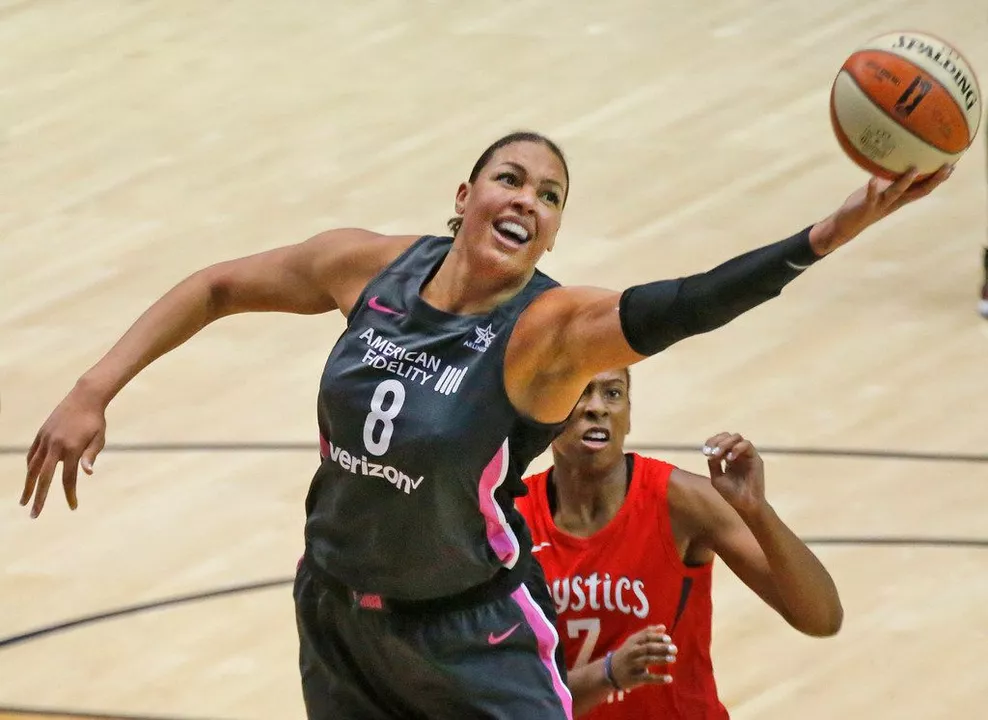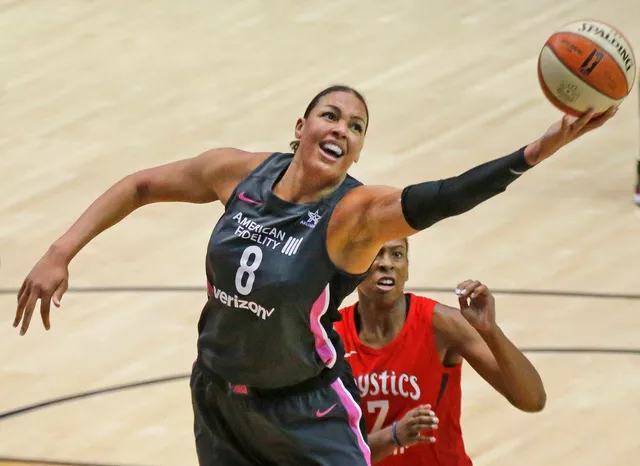Join WNBA – Your Path to Women’s Pro Basketball
When you join wnba, you’re aiming to become a player in the Women's National Basketball Association, the premier women’s professional basketball league in the United States. Also known as WNBA entry, it offers athletes a platform to showcase talent, earn a living, and inspire the next generation.
To understand the journey, start with the sport itself. basketball, a fast‑paced team game where points are earned by shooting a ball through a hoop demands agility, shooting skill, and game IQ. The league you’re targeting, Women's National Basketball Association, governs the highest level of women’s basketball competition, featuring 12 teams across the U.S., runs a structured recruitment system that scouts talent from college, overseas, and development programs. join wnba is more than a dream; it’s a series of concrete steps that any dedicated player can follow.
Key Steps and What They Mean for You
First, eligibility sets the gate. Joining the WNBA requires meeting eligibility criteria, which include being at least 22 years old (or 20 with a hardship waiver) and having completed a college season or equivalent professional experience. Next, performance metrics matter. Teams look at points per game, shooting percentages, rebounds, assists, and defensive stats—all recorded in official games. Third, exposure is crucial. Attending showcases, participating in the WNBA Draft Combine, or playing in respected overseas leagues gives scouts the data they need. Finally, the mental side counts; resilience, teamwork, and a growth mindset are often cited in player evaluations.
Recruitment is a two‑way street. While teams scout players, athletes also market themselves. Building a solid social media presence, networking with coaches, and maintaining a highlight reel are practical ways to stay on recruiters' radar. The league’s talent‑identification process influences WNBA roster decisions by providing a steady stream of proven performers. If a player excels in a summer league, that performance enables an invitation to a training camp, where the final roster spots are earned.
Training routines differ from amateur play. A typical WNBA hopeful incorporates strength training, plyometrics, and skill drills five days a week, plus film study to understand opponent tendencies. Nutrition and recovery are non‑negotiable; elite athletes track macronutrients and use physiotherapy to stay injury‑free. The combination of physical prep and tactical knowledge creates the athlete profile that WNBA teams prioritize during tryouts.
Financial considerations also play a role. While rookie contracts have a set minimum, many players supplement income by playing overseas during the off‑season. Understanding contract structures, agent representation, and collective bargaining agreements helps athletes make informed decisions. This knowledge supports long‑term career stability and can affect a player’s willingness to commit to a particular team.
Community involvement is another piece of the puzzle. The WNBA emphasizes social impact, and players often engage in coaching clinics, youth mentorship, and advocacy. Demonstrating a commitment to community service can enhance a player’s profile and align with the league’s values, making them a more attractive candidate during the selection process.
Below you’ll find a curated mix of stories, tips, and real‑world examples that illustrate each of these steps. Whether you’re a college star, an international talent, or a seasoned player looking for a fresh start, the articles ahead break down the process into actionable insights you can start using right now.



